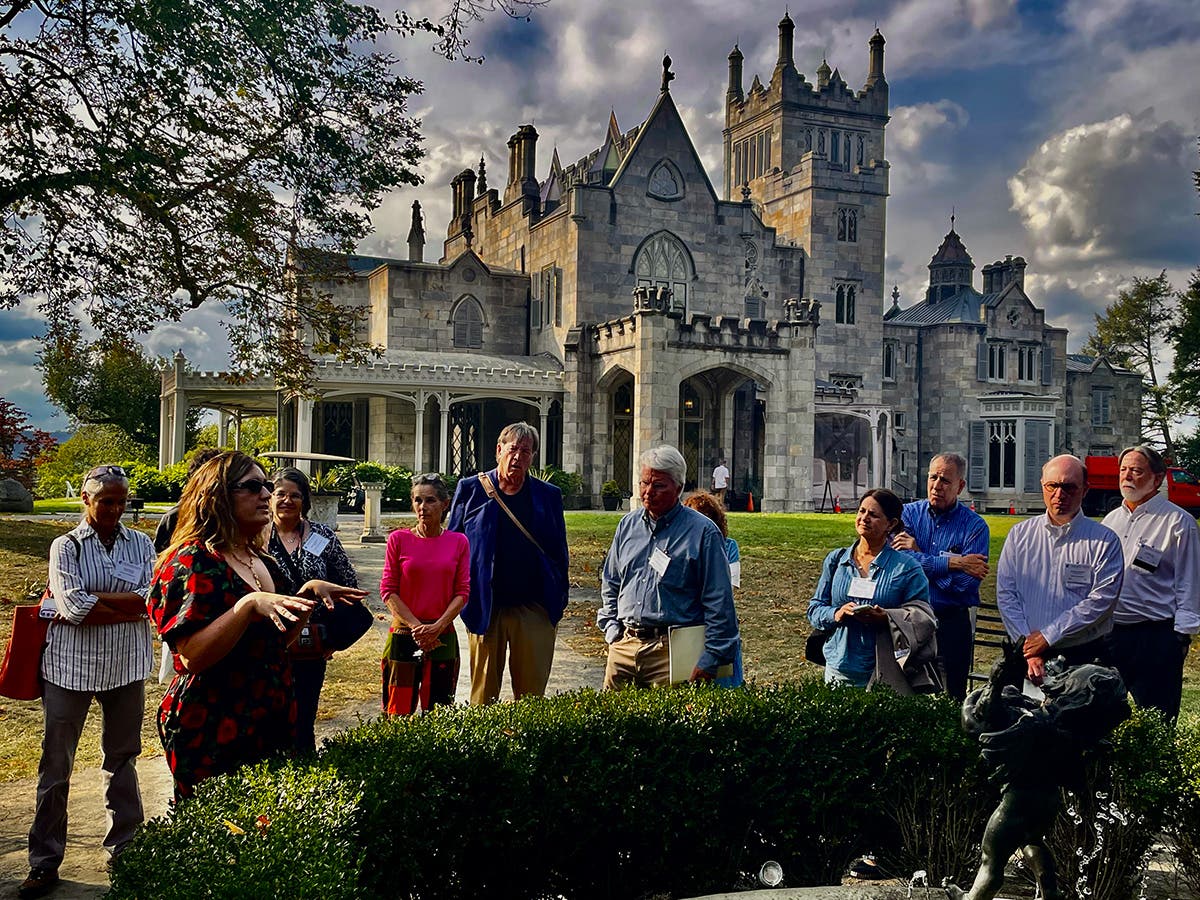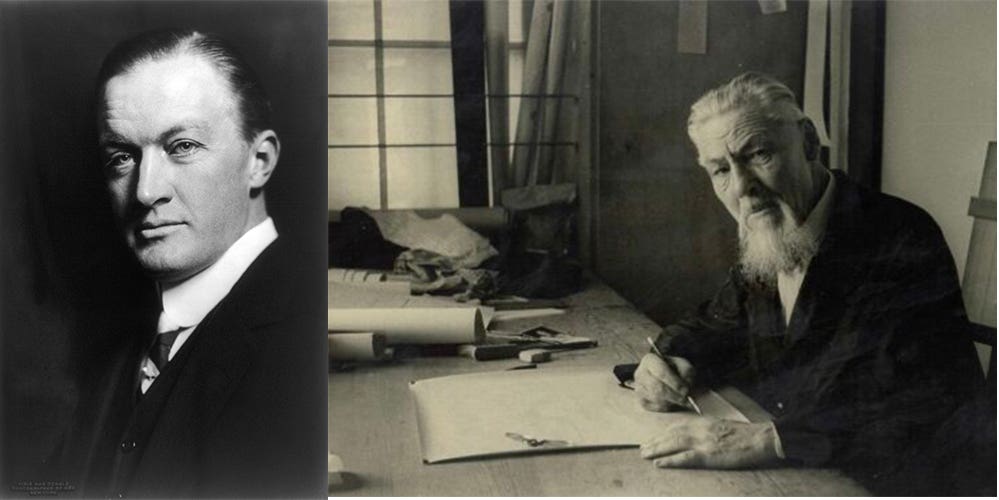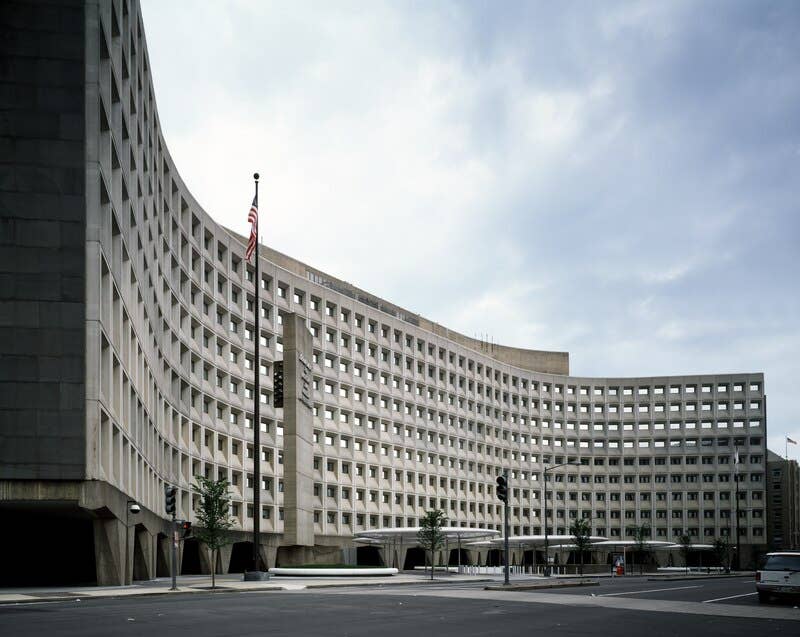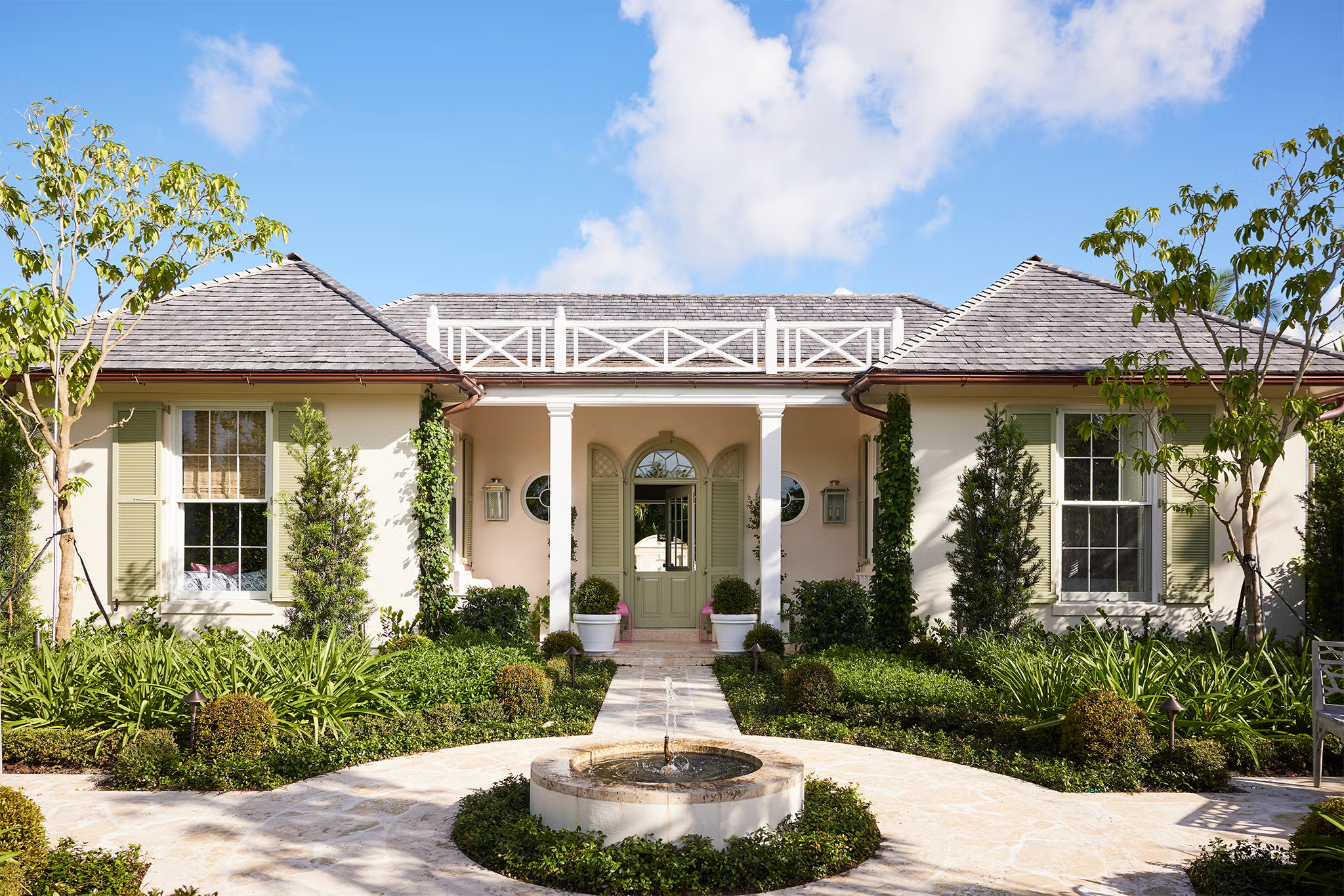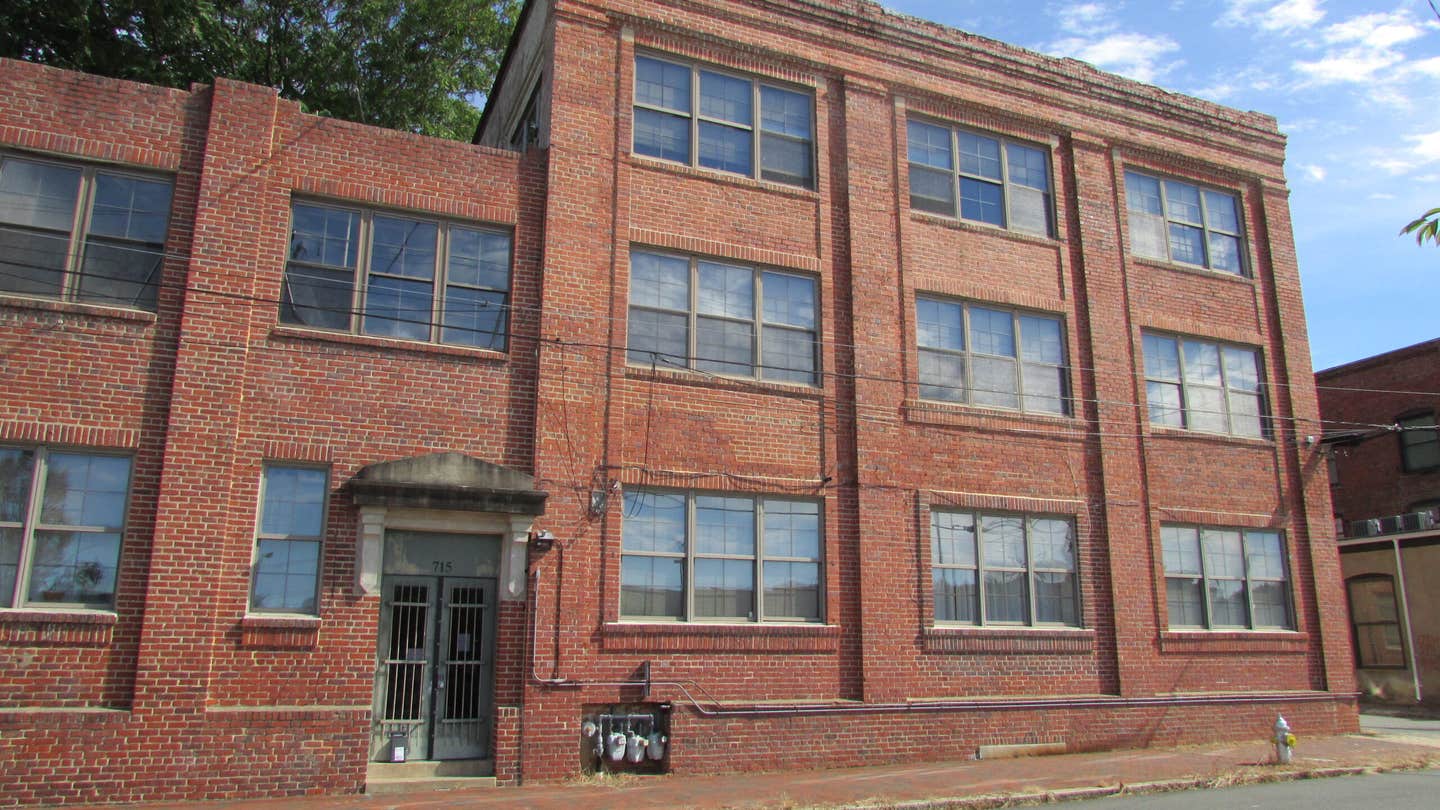
Blogs & Editorials
Vitruvius on Churches and Bike Racks
Every architect and many others know that a good building requires firmness, commodity and delight. Vitruvius, the ancient Roman architect, listed those three conditions more than two millennia ago, but they are only the first half of what he said about architecture. The second half is fundamental for architecture and urbanism.
Firmness requires that a building must be stable for as long as it needs to be. Tents are temporary. My house, schools, libraries and churches should be built to last.
Commodity refers to function. Functions change, and a new use for a well-built building can be found when the building is also attractive. Old livery stables are made over into breweries, and the bakery where Girl Scout cookies were made now holds apartments.
Buildings serving higher class function are also adaptable. Louis Sullivan’s Carson Pirie Scott Store in Chicago ceased operation as a department store and became the Sullivan Center with leased commercial space and two floors for a Target store. And have you had dinner in the ground floor vault of a former Main street bank yet? Others have. These buildings continue to be welcome in the central district.
Our more recent buildings where short-term commodity governs firmness are not faring so well. Without constant refurbishing, our fast-food outlets, strip malls and shopping centers begin to look old and even become abandoned, empty parking lots.
These do not offer the delight of even an old, well-built livery stable or factory. In an earlier day, delight was at least as important as commodity and firmness, even for buildings serving humble roles, and it was produced by integrating the three conditions Vitruvius lists for the art of building.
The Latin word Vitruvius used, venustas, went well beyond what form-follows-function buildings have ever sought. The Latin word’s root is the same as the name for the goddess Venus, and the delight refers to the kind of sensual delight she offers. It is the pleasure found most intensely in passion, but for Vitruvius’ contemporaries there was more to it than that.
Just looking at Venus could stir the passions. It certainly did so for Mars. With the Vestal Virgin Rhea Silvia this virile, adventurous God of war had fathered Rome’s founding twins, Romulus and Remus. Their fratricide founded Rome in discord, but the affair Mars had with Venus, the wife of Vulcan, produced the goddess Concordia, the goddess of the peace that Rome sought. Concordia’s temple was immediately below the Capitoline and next to the forum.
Vitruvius gave Concordia her unnamed presence in architecture when he introduced the criteria that elevate a building with its firmness, commodity and venustas to the higher status of architecture. These criteria are symmetria, eurhythmia, and decor. (We can leave aside three others dealing with more practical matters, namely ordering, composition and job management, or ordinatione, dispositione and oeconomia).
Symmetria does not refer to bilateral equality across an axis but to proportionality. Proportionality is a central quality found in all well made things in nature. The examples that Vitruvius gives are the well-formed human figure and the harmonic proportionality of various numbers.
Eurhythmia means simply “good looking.” To achieve it, the architect must make adjustments to the fabric that let the proportionality shine out--corner columns need to be larger to make them visible against the sky’s brightness, and so on.
And decor refers to the qualities of the composition that allow the building’s role to be identified--a temple must look like a temple, a basilica like a basilica--and look the part by its location, materials, ornament and so on, being suitable for its rank among the other buildings serving the civil order. Decor is suitability; it is appropriateness.
Symmetria and eurhythmia connect the building’s proportionality with the concord or harmony of the material cosmos. Like the well-formed human figure, it is a material object that imitates the proportionality of the order visible and discoverable in nature. Decor makes a similar connection, but with the immaterial qualities of nature’s order found in the well-ordered state that enjoys peace both in its internal affairs and in its relationship with the rest of the world. By connecting buildings with one another in their service to the civil order, decor makes concord visible when it is present and makes it a goal when there is discord.
All of this would resonate with a Roman who encountered the words venustas and decor. But today this resonance is lost. It wended its way through the Christian centuries when Thomas Aquinas worked it into his aesthetic theories and Marsilio Ficino and Leon Battista Alberti modernized it in Renaissance Florence. But in the 17th century, a different aesthetic theory was developed, and as its fortunes rose, this classical understanding of beauty in architecture declined to the point that it is now largely unknown.
This erroneous reading began its career in the France of Louis XIV when Modernism’s foundations were first being laid. The savants in the Sun King’s academy decided that beauty was not found in proportionality that connected the building to the order of cosmic nature. They found it to be changeable and relative to what people became accustomed to finding attractive, and they reduced beauty to mere personal taste. They then put judgments of taste or fashion in the first entry of their appearance into a person, namely, in the eye, and gave the judgment of taste to where it had its first effect, which was on the emotions or passions.
Venus’s allure is ravishing; just ask Mars! This process for making judgments short circuits the classical understanding in which what the eye sees does excite the emotions, but the report is then assessed by the intellect where it gives mental pleasure and is then moved to the heart or soul that it warms with happiness. When taste overwhelms beauty, the reward is transient pleasure but not enduring happiness.
Modernism claimed this short-circuited role for taste and fashion as its own, long ago having cashiered symmetria, eurhythmia and decor. This leaves the architect with the three conditions of well building but no way to attain architecture. Modernism frees the architect to emphasize firmness, or commodity, or delight and to make the two leftovers do work for the chosen one. The reduction of beauty to fashion opened the ever broadening route to the present position with Modernism reveling in the newest or flashiest fashions in buildings that delight the eye oblivious to the role of beauty that makes visible the love we lavish on cities where we seek civil harmony and concord as we pursue our happiness.
All of a city’s buildings serve concord each in its own way, and they are not all equal. In the first words of the now canonic narrative of architecture that validates Modernism, Nikolaus Pevsner tells us that there is a difference between a bicycle shed and Lincoln Cathedral.
The difference, he states, is in the “aesthetic intent” of their builders. In Pevsner’s narrative and its epigone, you will find firmness, commodity and delight but not symmetria, eurhythmia and decor. Without them, a building cannot achieve the proportionality required for beauty and much less contribute to the common good that Concordia offers through her decorous service in the well ordered city. Is there any wonder that when Modernism builds cities beauty is an exile?
Carroll William Westfall retired from the University of Notre Dame in 2015 where he taught architectural history and theory since 1998, having earlier taught at Amherst College, the University of Illinois in Chicago, and between 1982 and 1998 at the University of Virginia.
He completed his PhD at Columbia University after his BA from the University of California and MA from the University of Manchester. He has published numerous articles on topics from antiquity to the present day and four books, most recently Architectural Type and Character: A Practical Guide to a History of Architecture coauthored with Samir Younés (Routledge, 2022). His central focus is on the history of the city and the reciprocity between the political life and the urban and architectural elements that serve the common good. He resides in Richmond, Virginia.




